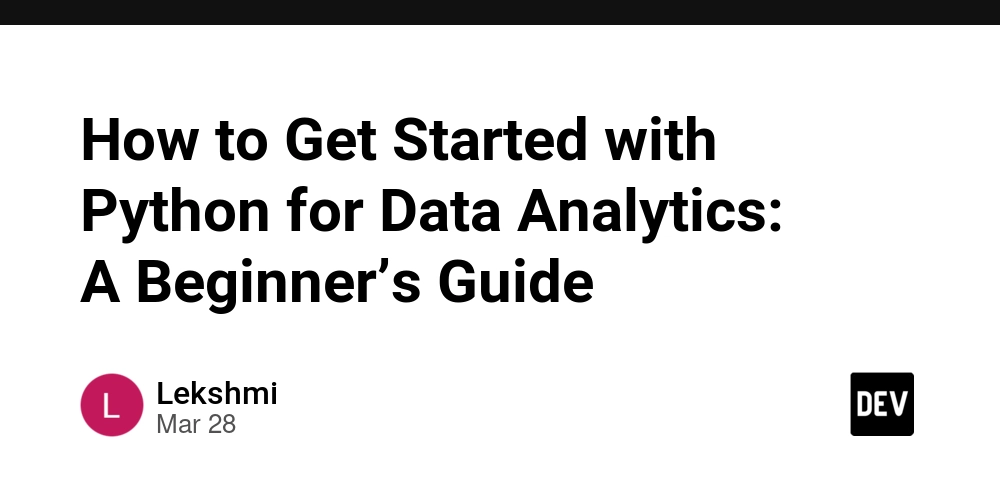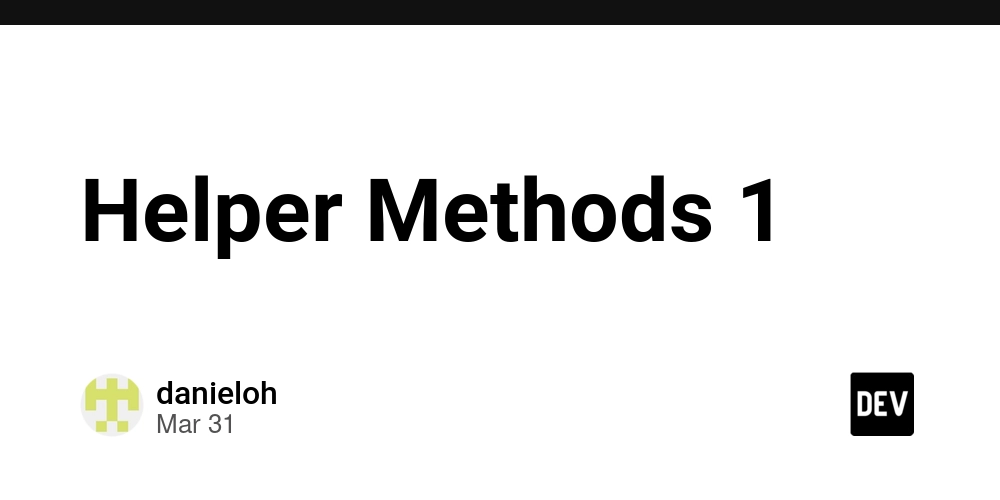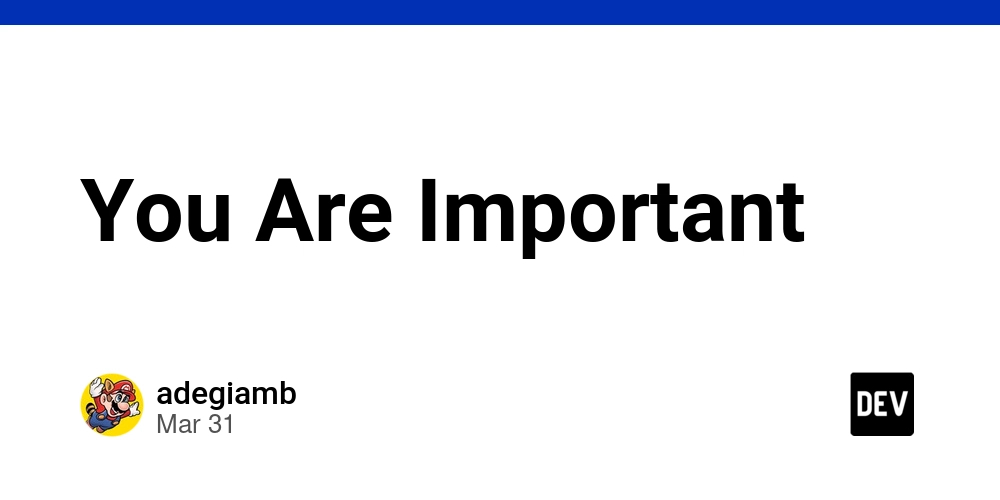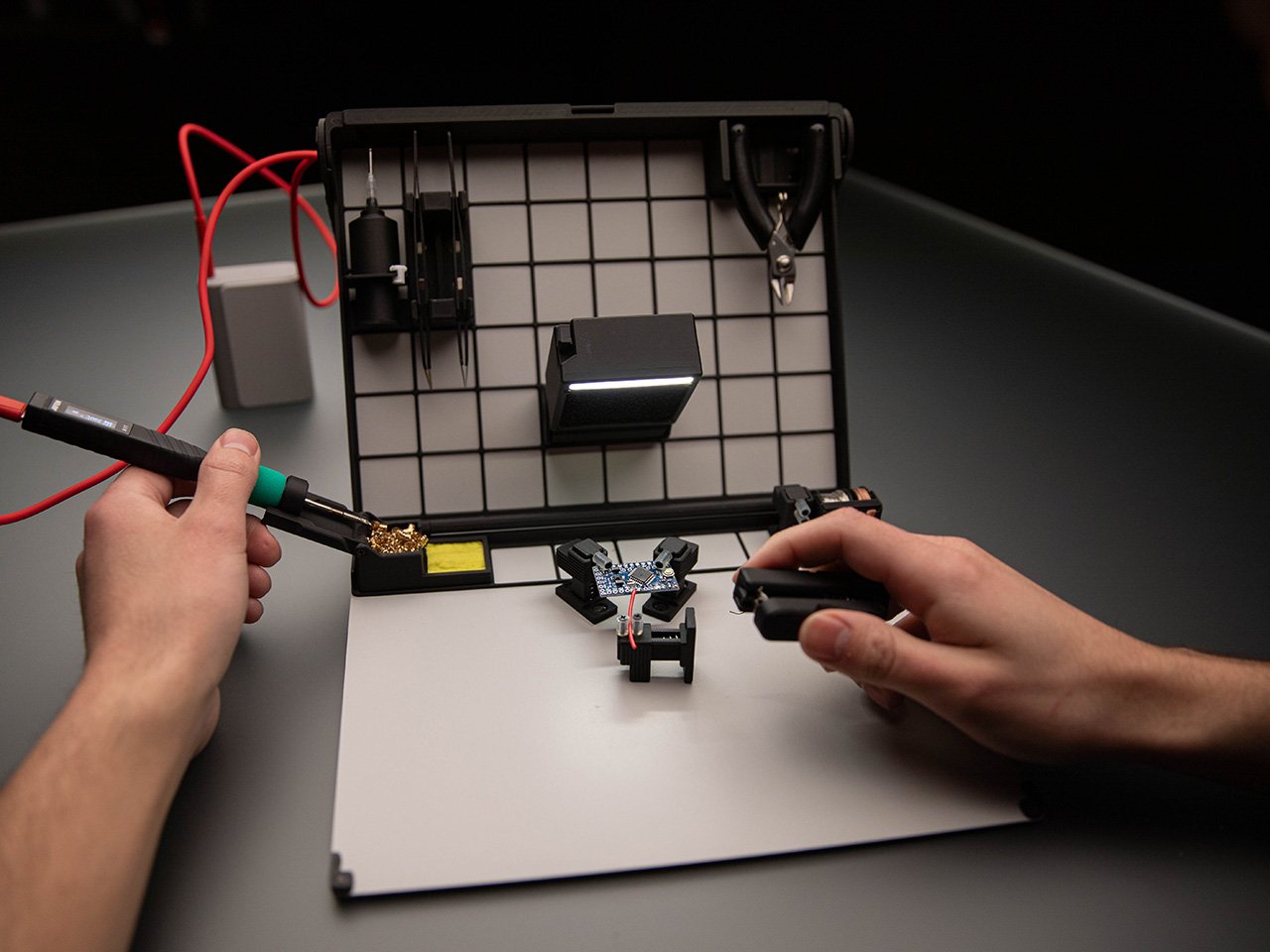How to Get Started with Python for Data Analytics: A Beginner’s Guide
Python has become one of the most popular programming languages for data analytics, owing to its simplicity, versatility, and the vast ecosystem of libraries that make data analysis tasks easy to perform. If you're a beginner looking to explore data analytics with Python, this guide will walk you through the essential steps to get started, ensuring you build a solid foundation and gain the confidence to dive into more complex analysis. 1. Understand the Basics of Python Before diving into data analytics, you must first understand the core concepts of Python programming. Python is an easy-to-learn, high-level programming language, which makes it an excellent choice for beginners. Start with the following: Variables and Data Types: Learn about Python's fundamental data types like integers, floats, strings, and booleans. Understanding how to store and manipulate data is key to working with data analytics. Control Structures: Get familiar with conditional statements (if-else), loops (for, while), and functions to create more efficient and modular code. Libraries and Modules: Python’s extensive standard library helps you accomplish a variety of tasks. Learn to import and use built-in modules to simplify your code. By mastering these concepts, you will be well-prepared to start tackling data analysis tasks. 2. Install Essential Python Libraries for Data Analytics Python’s true power in data analytics comes from its libraries. These libraries are pre-written pieces of code that extend Python’s functionality. Some of the most widely-used libraries in data analytics include: NumPy: This library is essential for numerical computing. It provides support for arrays, matrices, and high-level mathematical functions. Pandas: Pandas is a data manipulation library that allows you to work with structured data like tables (DataFrames). It’s perfect for data cleaning, transformation, and analysis. Matplotlib and Seaborn: These libraries are used for data visualization. You can create a variety of charts and graphs to interpret your data visually. SciPy: SciPy builds on NumPy and offers additional functionality for scientific and technical computing. Scikit-learn: This machine learning library is perfect for beginners who want to dive into predictive analytics and machine learning. 3. Learn Data Wrangling Techniques In data analytics, data is often messy. This means data wrangling (also known as data cleaning) is a crucial skill. Python, with libraries like Pandas, makes it relatively easy to clean, transform, and manipulate data to prepare it for analysis. Some key data wrangling tasks include: Handling Missing Data: Learn to identify and handle missing data using Pandas functions like dropna() or fillna(). Data Transformation: Master techniques for filtering, sorting, and grouping data to better understand its structure. Merging and Joining Data: Understand how to combine datasets from different sources using functions like merge() and concat(). Mastering these techniques is crucial for any data analyst, as data preparation often takes up a significant amount of time. 4. Explore Data Visualization Visualization is a powerful way to present data insights. Python has several libraries that help create informative and interactive plots: Matplotlib: This library is great for creating basic charts, such as line plots, bar charts, and histograms. Seaborn: Built on top of Matplotlib, Seaborn makes it easy to create aesthetically pleasing and more complex statistical plots like heatmaps and boxplots. When you're able to visualize your data clearly, you can make better decisions and present your findings to others effectively. 5. Learn Basic Statistical Analysis Understanding basic statistics is vital for analyzing data. Key statistical concepts for data analytics include: Descriptive Statistics: Learn how to calculate measures like mean, median, mode, standard deviation, and variance. Hypothesis Testing: Understand concepts like p-values, t-tests, and chi-squared tests to draw inferences from data. Correlation: Learn how to measure the relationship between two variables using correlation coefficients. Python’s libraries like Pandas and SciPy can help you perform these statistical analyses with ease. 6. Dive Into Machine Learning with Python Once you’re comfortable with data cleaning, visualization, and basic analysis, you can begin exploring machine learning (ML). Python’s Scikit-learn library offers a simple and powerful way to apply machine learning algorithms to your data. Start with simple algorithms such as linear regression, decision trees, and k-means clustering. As you progress, you can explore more complex models such as random forests, support vector machines (SVM), and neural networks. 7. Join a Data Analytics Program If you want to learn data analytics more efficiently and receive expert guidance, consider enrolling in a dat

Python has become one of the most popular programming languages for data analytics, owing to its simplicity, versatility, and the vast ecosystem of libraries that make data analysis tasks easy to perform. If you're a beginner looking to explore data analytics with Python, this guide will walk you through the essential steps to get started, ensuring you build a solid foundation and gain the confidence to dive into more complex analysis.
1. Understand the Basics of Python
Before diving into data analytics, you must first understand the core concepts of Python programming. Python is an easy-to-learn, high-level programming language, which makes it an excellent choice for beginners. Start with the following:
Variables and Data Types: Learn about Python's fundamental data types like integers, floats, strings, and booleans. Understanding how to store and manipulate data is key to working with data analytics.
Control Structures: Get familiar with conditional statements (if-else), loops (for, while), and functions to create more efficient and modular code.
Libraries and Modules: Python’s extensive standard library helps you accomplish a variety of tasks. Learn to import and use built-in modules to simplify your code.
By mastering these concepts, you will be well-prepared to start tackling data analysis tasks.
2. Install Essential Python Libraries for Data Analytics
Python’s true power in data analytics comes from its libraries. These libraries are pre-written pieces of code that extend Python’s functionality. Some of the most widely-used libraries in data analytics include:
NumPy: This library is essential for numerical computing. It provides support for arrays, matrices, and high-level mathematical functions.
Pandas: Pandas is a data manipulation library that allows you to work with structured data like tables (DataFrames). It’s perfect for data cleaning, transformation, and analysis.
Matplotlib and Seaborn: These libraries are used for data visualization. You can create a variety of charts and graphs to interpret your data visually.
SciPy: SciPy builds on NumPy and offers additional functionality for scientific and technical computing.
Scikit-learn: This machine learning library is perfect for beginners who want to dive into predictive analytics and machine learning.
3. Learn Data Wrangling Techniques
In data analytics, data is often messy. This means data wrangling (also known as data cleaning) is a crucial skill. Python, with libraries like Pandas, makes it relatively easy to clean, transform, and manipulate data to prepare it for analysis. Some key data wrangling tasks include:
Handling Missing Data: Learn to identify and handle missing data using Pandas functions like dropna() or fillna().
Data Transformation: Master techniques for filtering, sorting, and grouping data to better understand its structure.
Merging and Joining Data: Understand how to combine datasets from different sources using functions like merge() and concat().
Mastering these techniques is crucial for any data analyst, as data preparation often takes up a significant amount of time.
4. Explore Data Visualization
Visualization is a powerful way to present data insights. Python has several libraries that help create informative and interactive plots:
Matplotlib: This library is great for creating basic charts, such as line plots, bar charts, and histograms.
Seaborn: Built on top of Matplotlib, Seaborn makes it easy to create aesthetically pleasing and more complex statistical plots like heatmaps and boxplots.
When you're able to visualize your data clearly, you can make better decisions and present your findings to others effectively.
5. Learn Basic Statistical Analysis
Understanding basic statistics is vital for analyzing data. Key statistical concepts for data analytics include:
Descriptive Statistics: Learn how to calculate measures like mean, median, mode, standard deviation, and variance.
Hypothesis Testing: Understand concepts like p-values, t-tests, and chi-squared tests to draw inferences from data.
Correlation: Learn how to measure the relationship between two variables using correlation coefficients.
Python’s libraries like Pandas and SciPy can help you perform these statistical analyses with ease.
6. Dive Into Machine Learning with Python
Once you’re comfortable with data cleaning, visualization, and basic analysis, you can begin exploring machine learning (ML). Python’s Scikit-learn library offers a simple and powerful way to apply machine learning algorithms to your data. Start with simple algorithms such as linear regression, decision trees, and k-means clustering. As you progress, you can explore more complex models such as random forests, support vector machines (SVM), and neural networks.
7. Join a Data Analytics Program
If you want to learn data analytics more efficiently and receive expert guidance, consider enrolling in a data analytics program. The best data analytics institute in Kochi will provide you with structured courses, hands-on projects, and the opportunity to learn from experienced instructors. You’ll gain practical skills and insights that will prepare you for real-world data analytics challenges.
By joining such a program, you’ll receive valuable resources and networking opportunities that will help you get ahead in the field of data analytics.
8. Practice, Practice, Practice
Data analytics is a skill that improves with practice. Work on personal projects, participate in online challenges (like Kaggle), and analyze publicly available datasets. The more you practice, the more confident and skilled you’ll become in using Python for data analytics.
Conclusion
Getting started with Python for data analytics can seem overwhelming at first, but by breaking down the process into manageable steps, you’ll soon be on your way to mastering this powerful skill. Whether you're learning the basics, exploring machine learning, or pursuing formal training at the best data analytics institute in Kochi, you’ll find a wealth of resources to help you succeed.
Start small, keep practicing, and you'll find that data analytics with Python is both enjoyable and rewarding!













































































